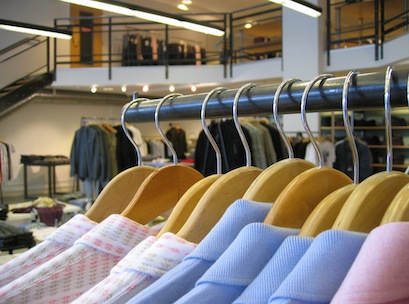 More young Aussie men shop for clothes in an average four weeks now compared with 201, but they’re spending around $325 million less per year, according to Roy Morgan.
More young Aussie men shop for clothes in an average four weeks now compared with 201, but they’re spending around $325 million less per year, according to Roy Morgan.
Three years ago, 33 per cent of Australian men aged 14 to 24 bought men’s clothing (excluding underwear, sleepwear, and socks) in an average four week period, spending an average of $173 each on menswear for a combined $96 million.
In an average four weeks in the latest year to June 2014, 38 per cent of young men bought some menswear, but only spent $108 each on average.
Despite the addition of 100,000 young men shopping for clothes now compared with 2011, total expenditure is $25 million less per four week period.
Across all retail, men aged 14 to 24 are now spending around $522 million a month in total, up $22 million (or more than four per cent) on 2011 figures for the group. As a result menswear has dropped from consuming 19 per cent of young men’s retail expenditure to 14 per cent.
Geoffrey Smith of Roy Morgan Research said the average amount spent by young men has fallen across all product categories, with prices being pushed down by the availability of cheaper imports, the local launch of low cost clothing brands, and increased online shopping.
“Product categories hardest hit include suits and sportswear, where declines in average purchase price are amplified by decreased purchasing incidence,” said Smith.
“With pants and shorts, jackets and coats, and jeans, incidence is steady, but average (and therefore total) spend is lower.
“The total expenditure on both shirts and jumpers by young men has actually increased despite big falls in average spend thanks to gains in incidence: one in four young men will now buy a shirt or t-shirt in an average four weeks (up from one in five in 2011), and around one in 13 will buy a jumper (up from one in 20).
“Retailers trying to compete on price will need to closely monitor changes not only in incidence among their different target customers, but their disposable income, attitudes, product preferences, and lifestyle, to find ways to get them in the store more often,” Smith said.






